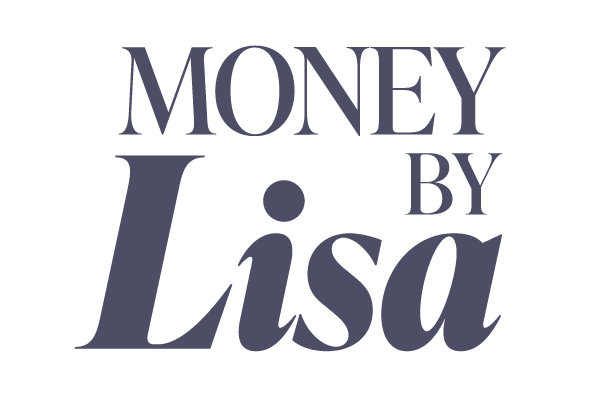“Self-Insuring” Is Not a Thing
A few weeks back, I read an article about the astounding (although entirely predictable) increases in homeowner insurance rates in states affected by climate change. In some cases, homeowners decided to drop their insurance coverage altogether and, as they put it, “self-insure” against the risk of their home sustaining damage (or even a total loss). Putting aside the obvious fact that this is not a realistic option for 99% of homeowners, the article prompted me to consider the phrase “self-insure” and what that means in other aspects of our financial lives.
Colloquially, it is used to describe a situation in which a person forgoes insurance coverage and instead mitigates the risk of something bad happening (hurricane, accident, illness, unemployment) by amassing a pile of cash. It is something that many of us do commonly without describing it as such. For example, if you have a savings account that you only dip into when you run into a bit of bad luck, you may consider yourself as having “self-insured” against minor car accidents or short illnesses that cause you to miss paid work.
Except you have not actually “self-insured.” You have “self-funded.” The difference is more than semantics, and understanding the difference is essential to the success of your overall risk management plan.
I started with an example of homeowners “self-insuring” against the risk of property damage, and I noted that this was unrealistic for most. Partly it is because most homeowners have a mortgage, and your bank just won’t stand for you not having insurance on “their” property. But the other reason is that the cost of replacing a home destroyed by fire or hurricane is enormous. Very few people could afford to rebuild from their savings. What insurance does, in the usual case, is provide leverage. That is, you, as the homeowner, pay an amount each month that is hopefully affordable, and in return, if you need to rebuild your home, the resources will be there — far in excess of what you paid in premiums. That’s leverage.
When you are relying solely on your own ability to build and hold savings as a response to a risk, you do not have the benefit of any leverage. What you deposit into savings against the risk that concerns you (call it a premium, if you like) is exactly the amount that is available to you to address the risk if it materializes. You are not “insuring.” You are simply building a fund. That is, you are “self-funding” against a risk. There really is no such thing as “self-insuring.”
When does it make sense to self-fund and forgo insurance? A simple example is the risk of your air fryer breaking down. Whenever you buy any kind of device that plugs in, you are asked at checkout if you want to buy replacement insurance. As any personal finance expert worth their salt will tell you, this is pretty much always a bad deal. The item is unlikely to break, and if it does, the cost to replace it just isn’t that much. You will almost certainly end up paying premiums for no good reason.
More generally, we self-fund when the risk just isn’t that dire. The risk of disability is a great example of where many (consciously or not) are willing to self-fund against the risk of being out of work due to illness for a short period of time (i.e., their emergency savings fund), but will pay for long term disability insurance because, just as we saw with the risk of your house burning down, the amount needed to self-fund against being unemployable for years or even permanently is exorbitant. We may choose to self-fund the risk of an old clunker car being totaled, but not self-fund the same risk for a Maserati.
Although we may not use the phrase “self-fund” in this context, an older person dropping their life insurance coverage when their children are launched into adulthood and relying on their savings to support their partner should they die, is a common example of someone outgrowing the need for insurance and its inherent leverage in favor of self-funding against the risk of their premature death.
Finally, the self-fund versus insurance decision is critical to the choices we make about healthcare coverage, particularly long term care (LTC). As many of you know, the cost of long term care insurance can be astronomical, and relief from future premium increases seems distant. People in their fifties are at the prime age when a deliberate decision needs to be made between paying for LTC insurance or dedicating part of their retirement nest egg to meet the possible costs of long term care, which is not covered by conventional medical insurance or Medicare. In terms of dollar value, it is a decision that approaches that of beleaguered homeowners in the hurricane belt of Florida.
While the difference between self-funding, self-insuring (Not a thing!), and insurance may seem abstract and highly conceptual, it is actually pretty fundamental to many of the everyday decisions we make in our personal finance lives. And as is often the case with anything to do with personal finances, there is no one always-true answer when faced with this choice. But if you understand the question, your chances of arriving at the right answer are greatly improved!
(Hey, I’d love to be in touch regularly. My free newsletter contains this blog, as well as other articles written by myself and others. Please consider subscribing by visiting the MoneyByLisa home page.)
